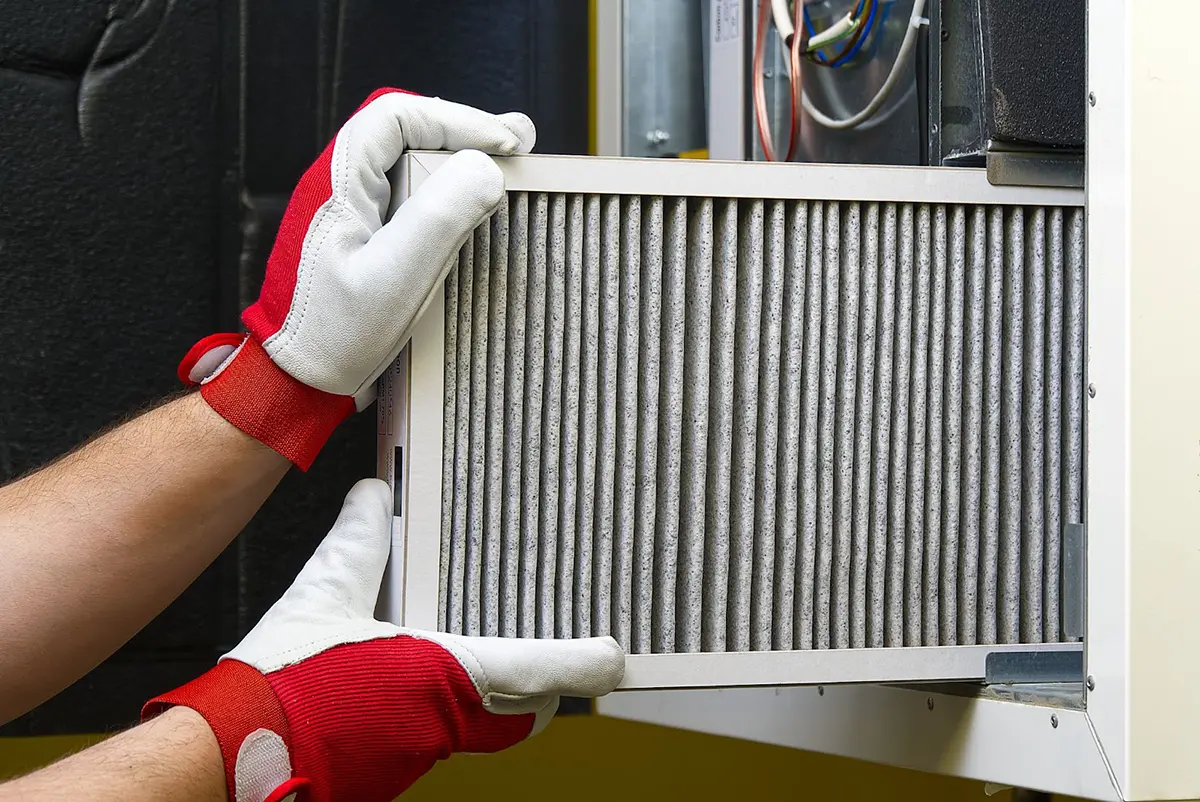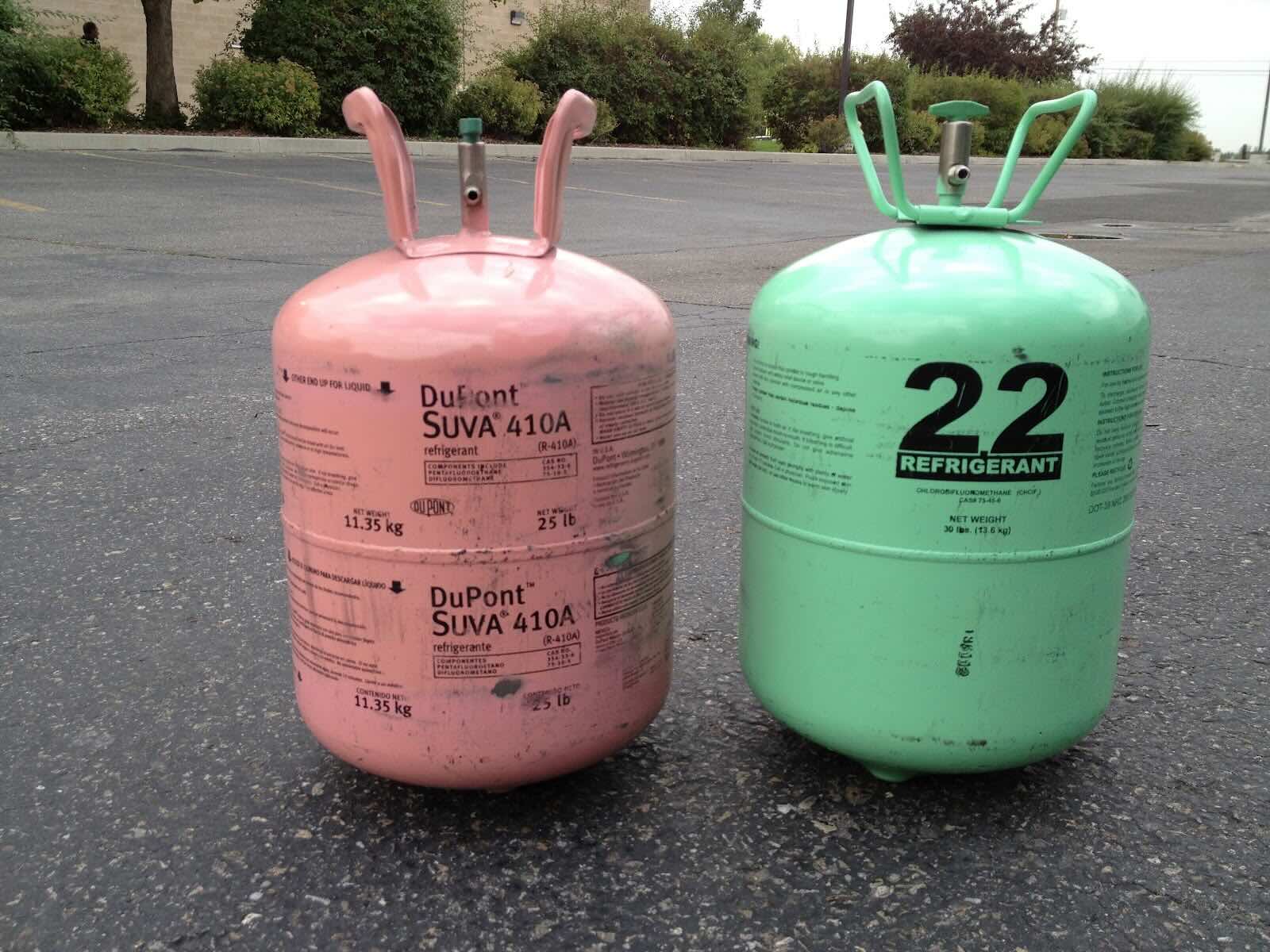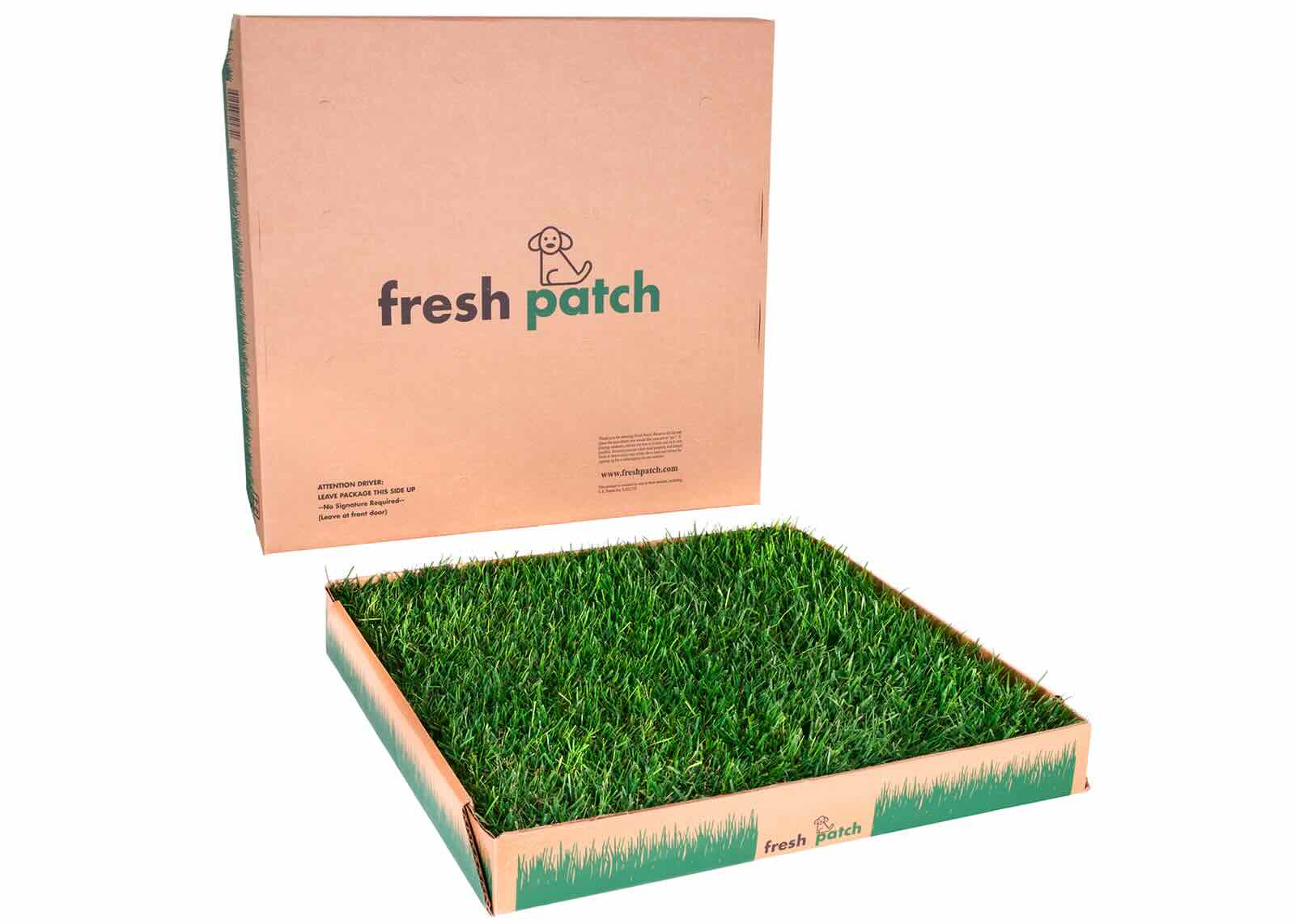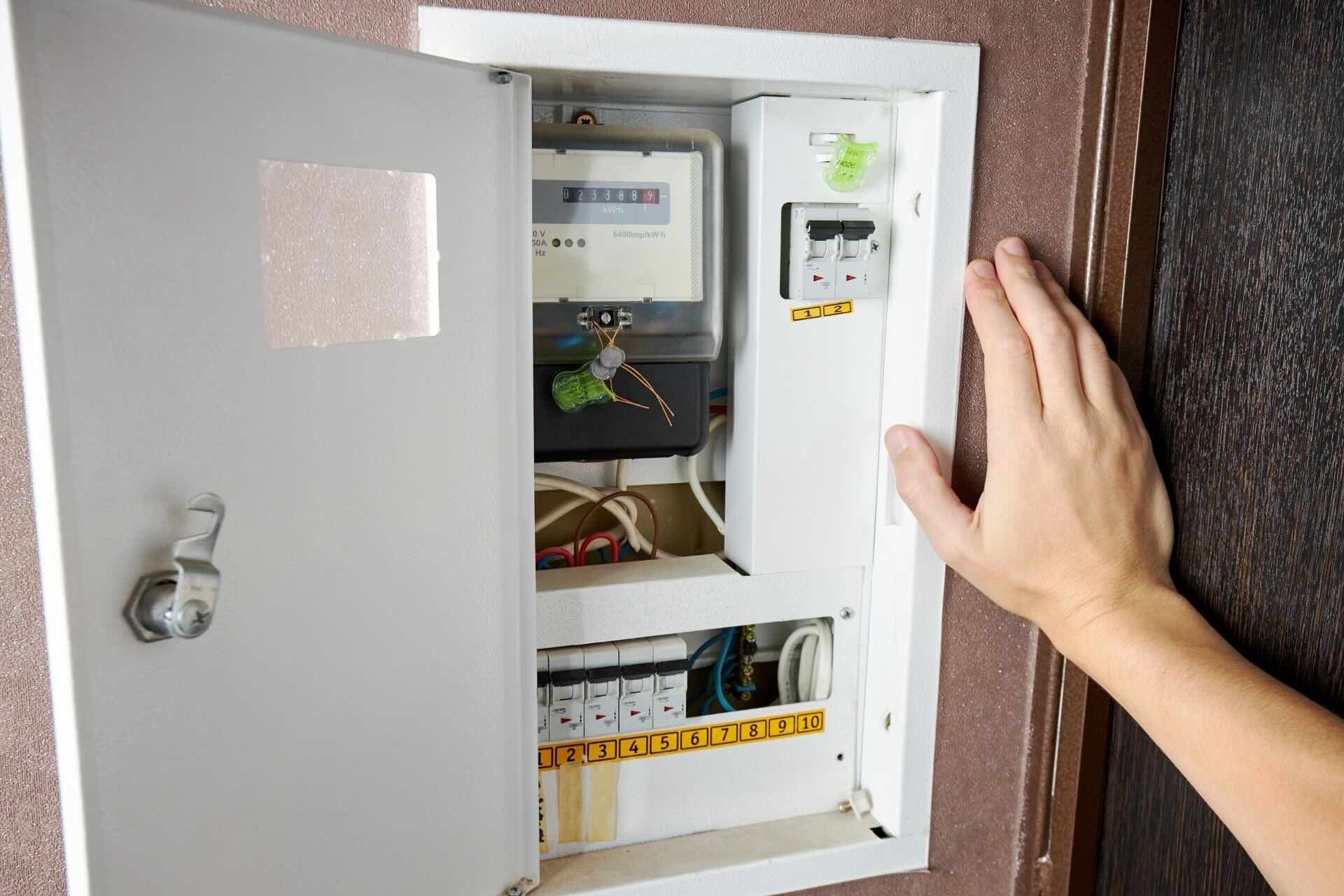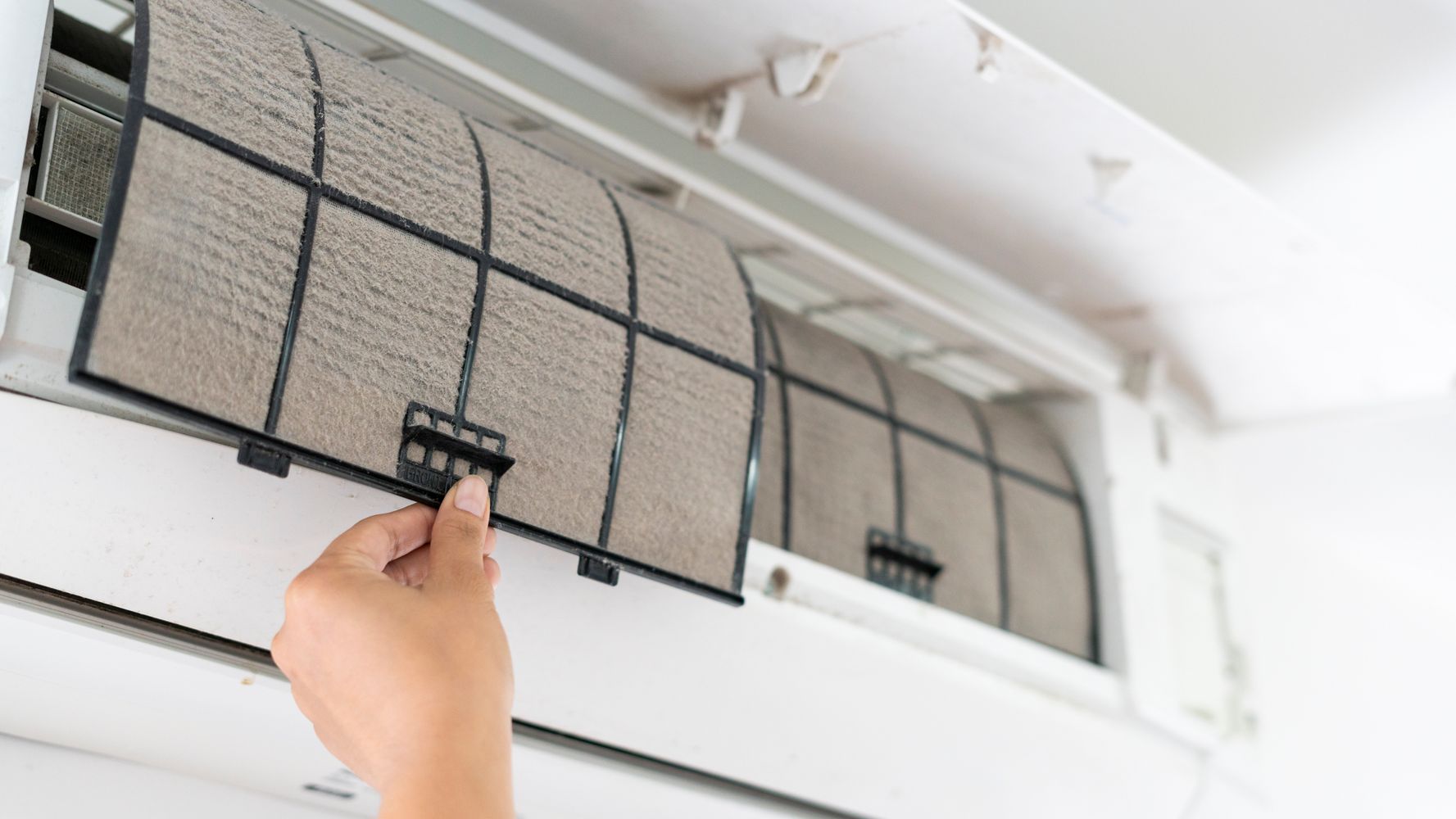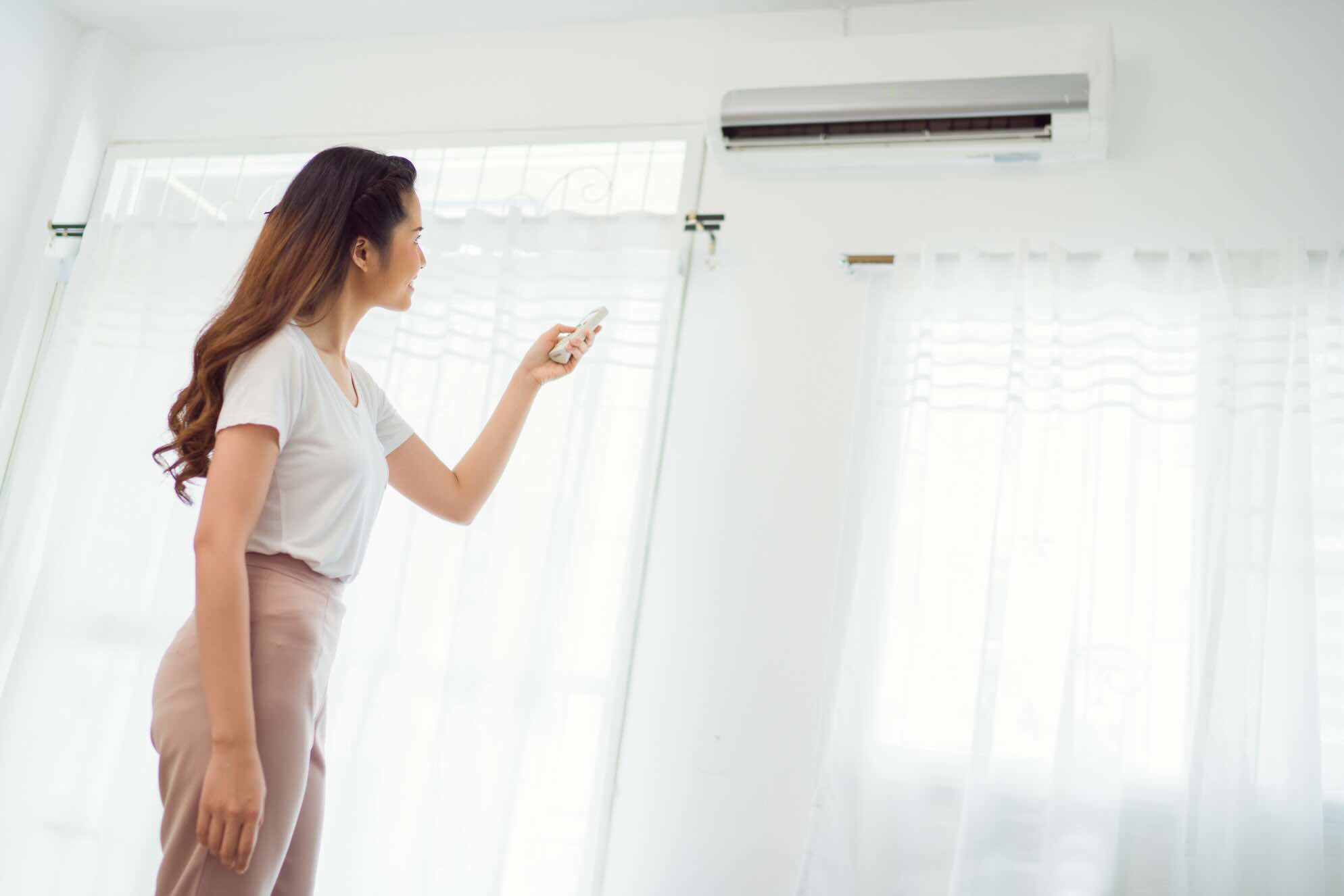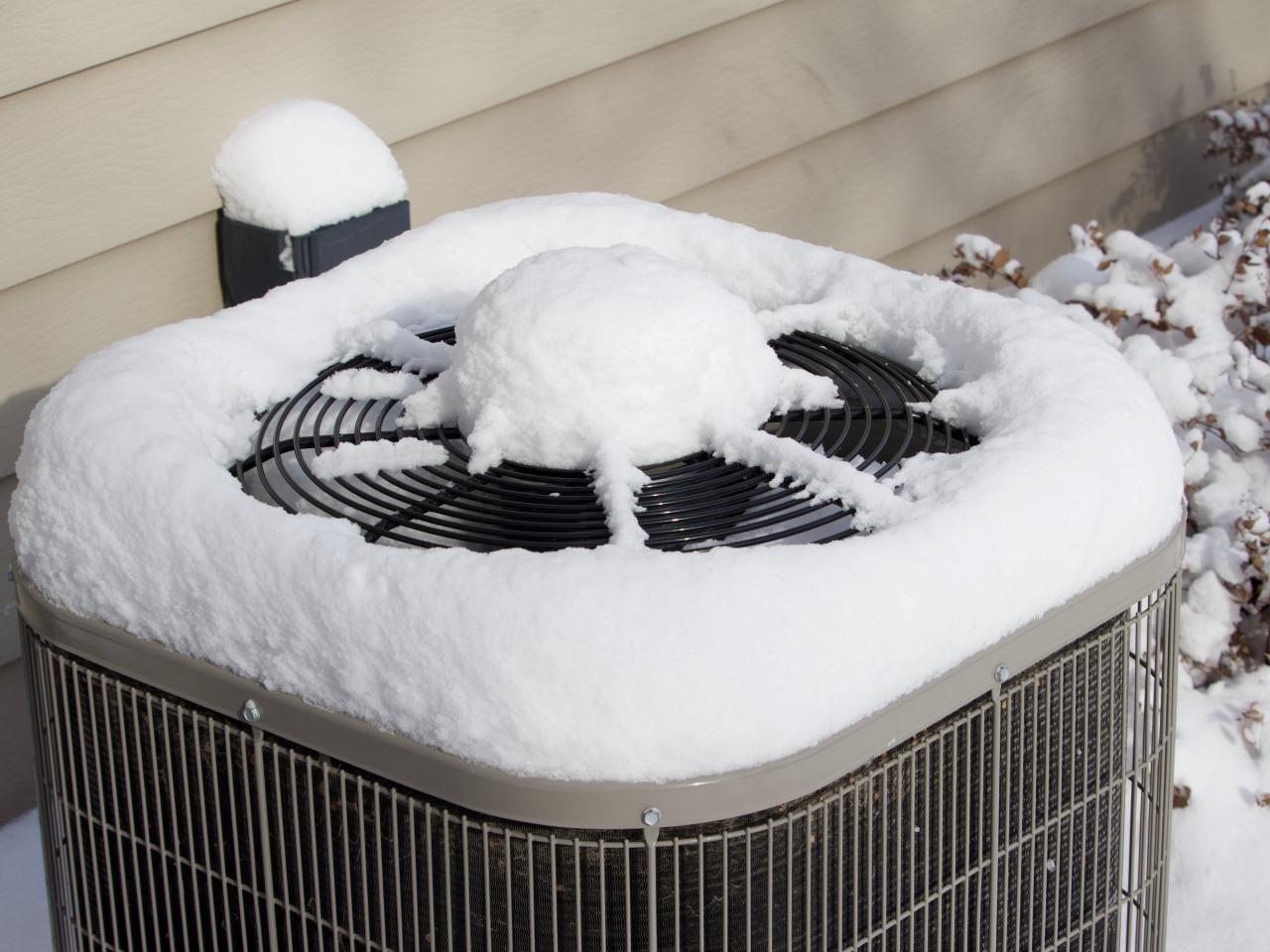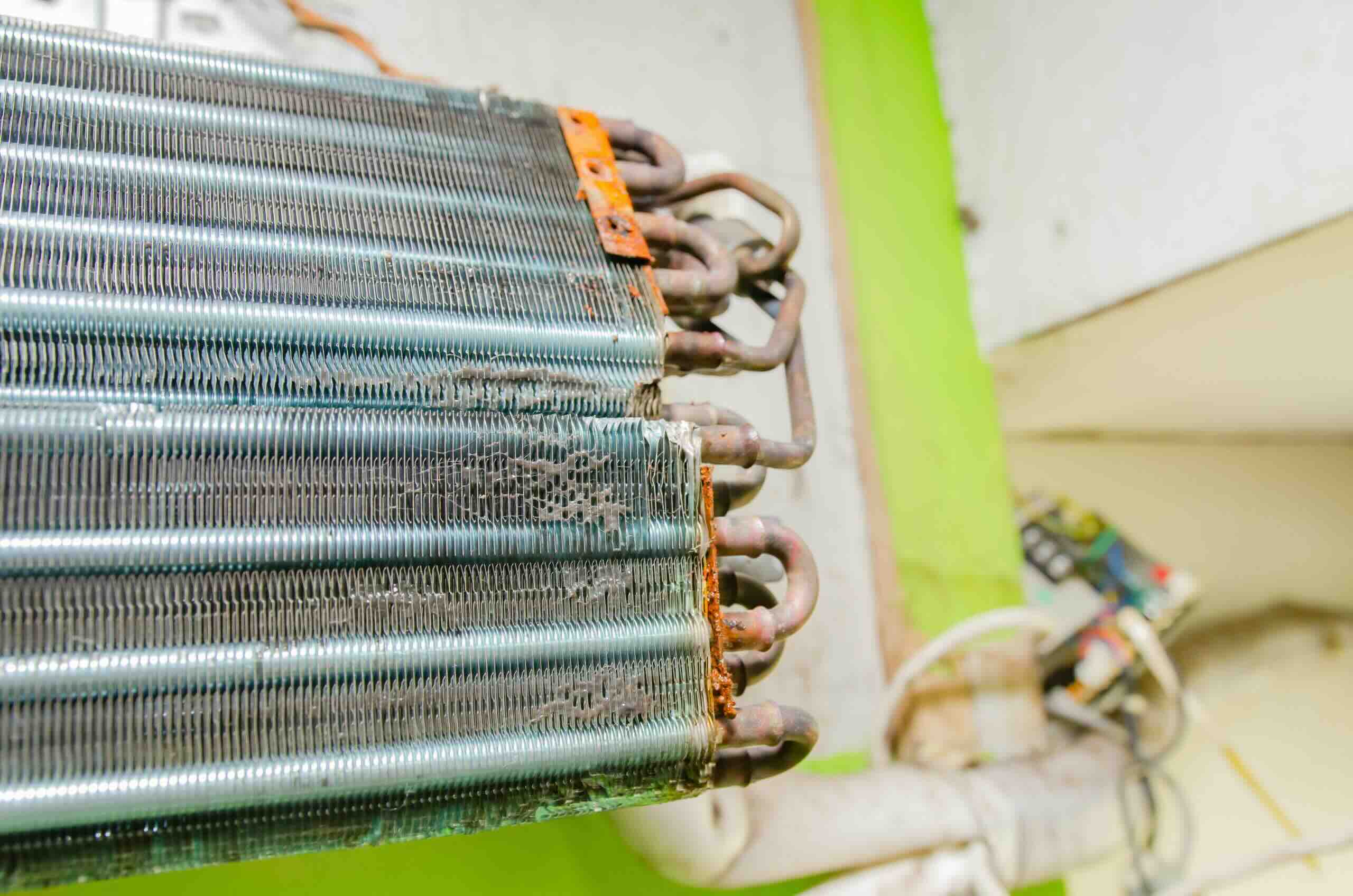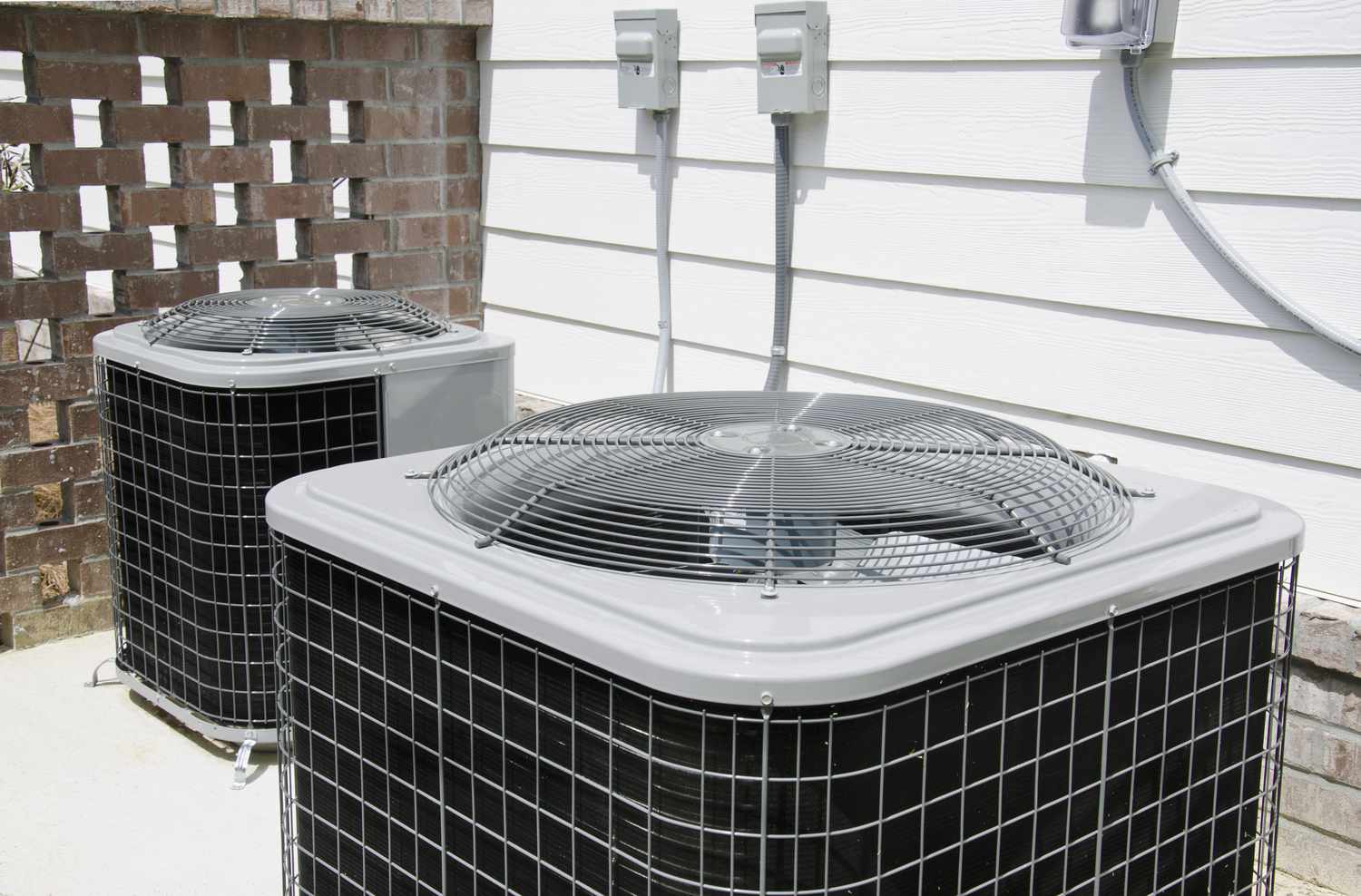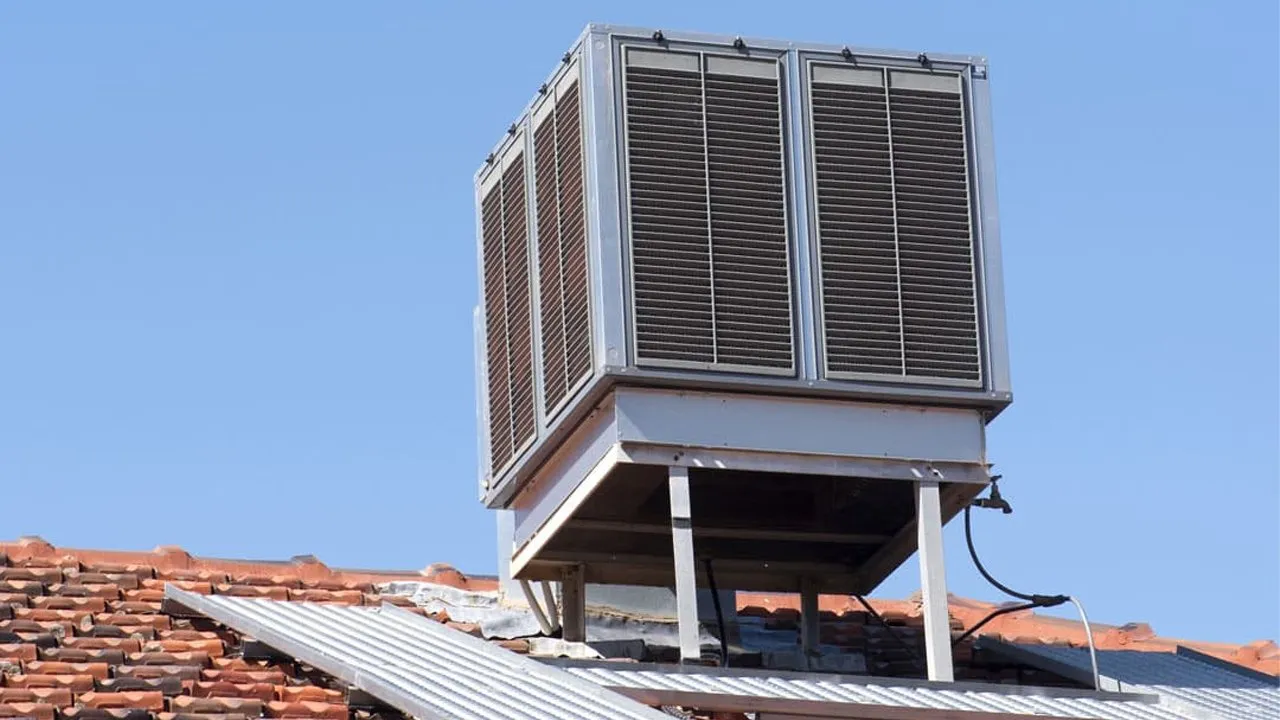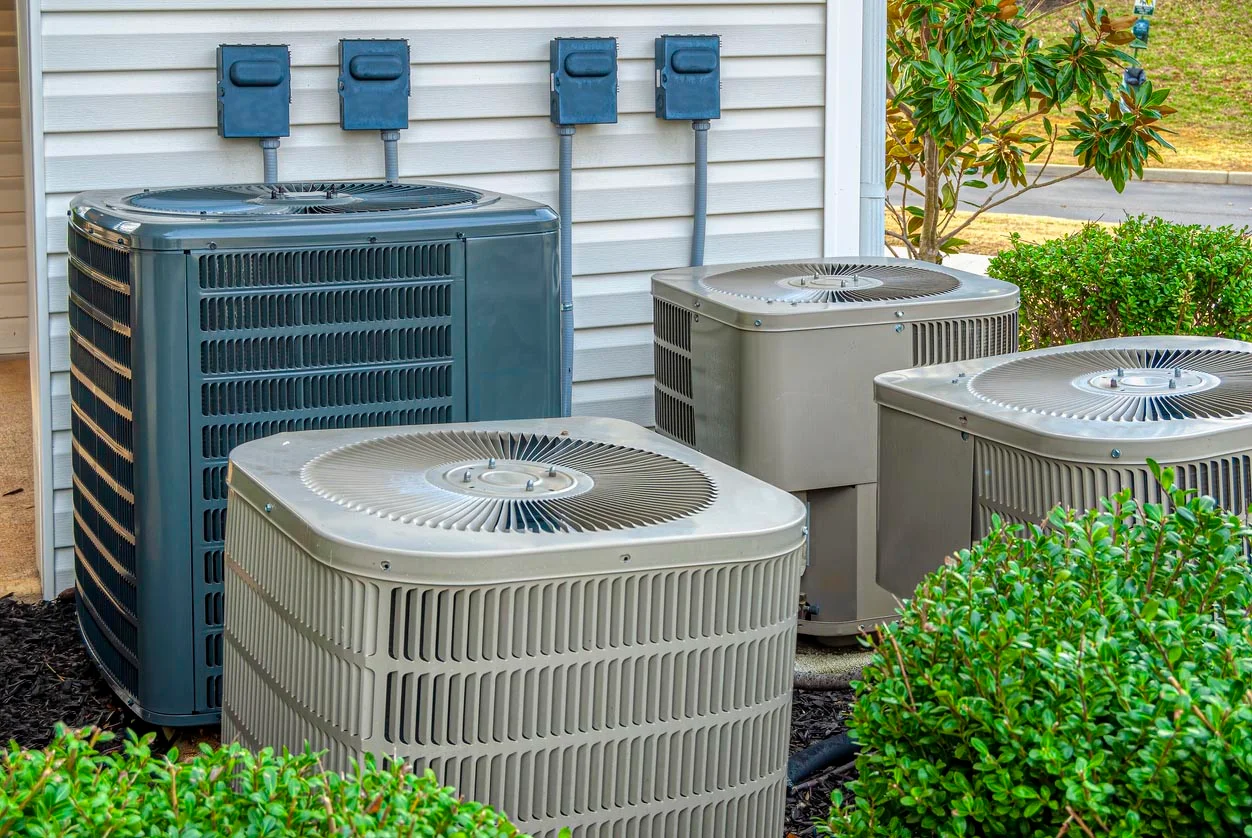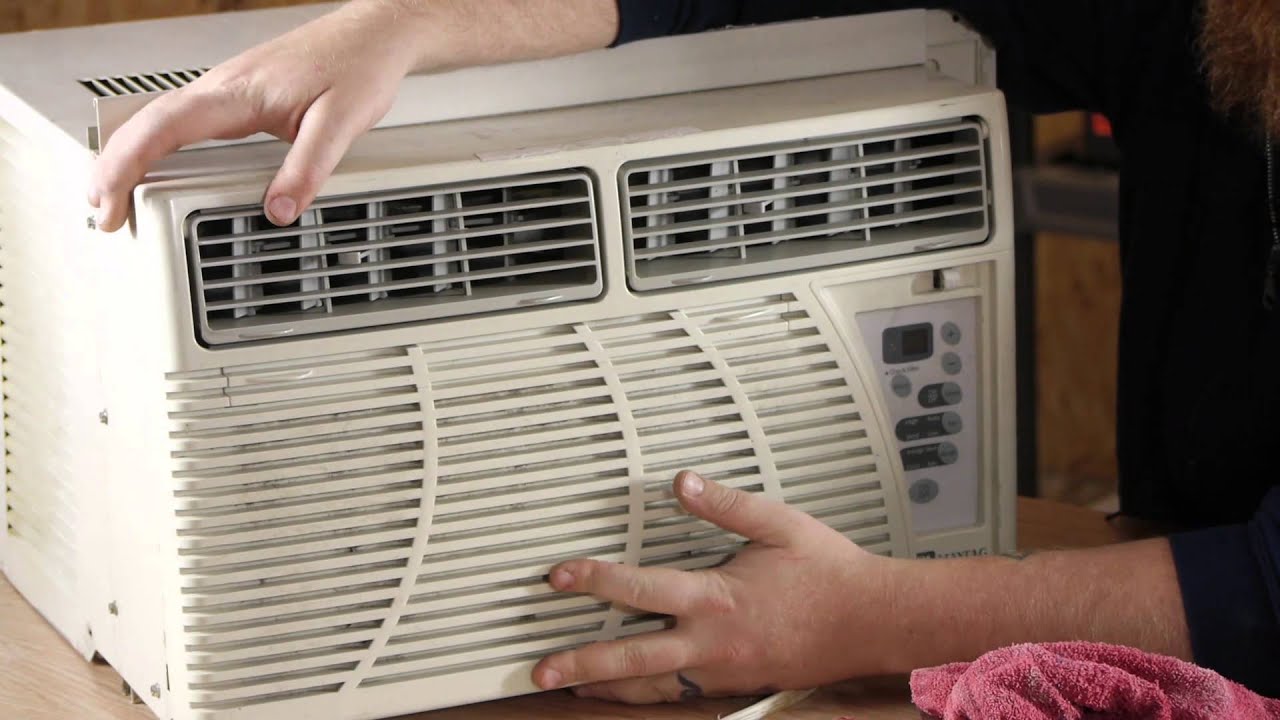Home>Home Maintenance>Where Is The Fresh Air Intake On An Air Conditioner


Home Maintenance
Where Is The Fresh Air Intake On An Air Conditioner
Modified: March 6, 2024
Looking for fresh air intake on your air conditioner? Learn about its location and importance for home maintenance.
(Many of the links in this article redirect to a specific reviewed product. Your purchase of these products through affiliate links helps to generate commission for Storables.com, at no extra cost. Learn more)
Introduction
Welcome to the world of home maintenance, where one of the most important aspects is ensuring the air quality in your living space. Your home’s air conditioning system plays a vital role in regulating the temperature and maintaining a comfortable environment indoors. However, many homeowners overlook a crucial component of their air conditioner – the fresh air intake.
Understanding the purpose and location of the fresh air intake on an air conditioner is essential for optimizing the system’s performance. In this article, we will explore the importance of a fresh air intake, discover its location on an air conditioner, and provide tips for maintaining a clean and efficient intake system.
So, let’s dive in and uncover the mysteries of the fresh air intake!
Key Takeaways:
- Fresh air intake in your air conditioner brings in clean, oxygen-rich air, improving indoor air quality, reducing pollutants, and enhancing respiratory health.
- Regular maintenance of the fresh air intake, including cleaning, inspection, and proper placement, is crucial for optimal performance and a healthier home environment.
Read more: Where To Donate An Air Conditioner
Understanding the Fresh Air Intake
Before we delve into the details of the fresh air intake, let’s first grasp the concept behind it. The fresh air intake is a part of your air conditioning system that allows outside air to enter and circulate within your home. It complements the recirculation of air that occurs when the system is in cooling or heating mode.
The purpose of the fresh air intake is to improve the indoor air quality by introducing fresh, oxygen-rich air into your living space. It helps dilute pollutants, odors, and moisture, creating a healthier and more comfortable environment for you and your family.
The fresh air intake works in conjunction with the air filter in your air conditioning system. As the outside air enters through the fresh air intake, it passes through the air filter, which captures dust, pollen, and other airborne particles. This ensures that the air entering your home is filtered and clean, free from harmful contaminants.
Furthermore, the fresh air intake is vital for balancing the air pressure within your home. Without it, the air conditioning system may create negative pressure, causing issues such as doors slamming shut or difficulty in closing windows. The fresh air intake helps maintain the equilibrium of air pressure, ensuring smooth airflow throughout your home.
Now that we have a clear understanding of the purpose and function of the fresh air intake, let’s explore its significance in more detail in the next section.
Importance of a Fresh Air Intake
A fresh air intake is not just a luxury feature of an air conditioning system; it is a crucial component that has a significant impact on the overall air quality and comfort of your home. Here are a few reasons highlighting the importance of a fresh air intake:
- Improved Indoor Air Quality: The primary purpose of a fresh air intake is to bring in fresh air from outside, which is usually cleaner and less contaminated than indoor air. This influx of fresh air helps dilute and remove pollutants, allergens, and odors, ensuring a healthier and more pleasant indoor environment.
- Health Benefits: Breathing in clean air is essential for maintaining good respiratory health. A fresh air intake helps reduce the concentration of pollutants such as volatile organic compounds (VOCs), carbon dioxide, and other harmful gases that can accumulate indoors. This can help alleviate allergies, asthma symptoms, and other respiratory issues.
- Moisture Control: Too much moisture in the air can lead to mold growth and increased humidity levels, creating an uncomfortable living environment. A fresh air intake helps to regulate indoor moisture levels by introducing drier outside air, reducing the chances of mold and mildew formation.
- Energy Efficiency: While it may seem counterintuitive, a fresh air intake can actually contribute to energy efficiency. When outside air is introduced into the system, it helps reduce the workload on the air conditioner by lowering the temperature of the incoming air. This allows the system to operate more efficiently and may result in energy savings.
- Improved Comfort: Fresh air circulation can greatly enhance the overall comfort of your home. It helps eliminate stagnant and stuffy air, reducing the feeling of stuffiness and creating a more pleasant atmosphere. Fresh air intake also helps in maintaining consistent temperature levels throughout your home.
Now that we have emphasized the significance of a fresh air intake, let’s move on to the next section to explore the location of the fresh air intake on an air conditioner.
Location of the Fresh Air Intake on an Air Conditioner
The fresh air intake on an air conditioner is typically located on the outside unit of the system. It is designed to draw in air from the surrounding environment and direct it into the air conditioning system for circulation throughout your home.
The exact location of the fresh air intake may vary depending on the type and model of your air conditioner. However, it is commonly found on the sides or at the rear of the outdoor unit. It is important to note that the fresh air intake should not be confused with the condenser coil or the exhaust vent, which serve different purposes.
To ensure proper functionality, the fresh air intake should be positioned in an area that allows for the intake of clean and uncontaminated air. Here are a few key factors to consider for fresh air intake placement:
- Avoidance of Contaminants: The fresh air intake should be positioned away from sources of potential contamination. This includes areas with heavy traffic, exhaust vents, trash cans, and other sources of pollutants.
- Elevation: Placing the fresh air intake at a higher elevation can help prevent dirt, debris, and water from entering the system. By positioning it above ground level, you can minimize the risk of clogging or damage caused by elements.
- Orientation: The orientation of the fresh air intake should be such that it allows for the intake of air without any obstructions. It should be positioned to capture airflow efficiently, taking advantage of prevailing winds if possible.
- Accessibility: While it is important to place the fresh air intake in an optimal location, it should also be easily accessible for regular maintenance and cleaning. This allows for easy removal of debris and ensures the intake is functioning at its best.
Consulting with a professional HVAC technician can help you determine the best location for the fresh air intake based on your specific home setup and environmental factors.
Now that we have covered the location of the fresh air intake, let’s explore some common problems that can occur with this component.
The fresh air intake on an air conditioner is usually located on the outside unit, near the bottom. It’s important to keep this area clear of debris and obstructions for proper air flow.
Factors to Consider for Fresh Air Intake Placement
Choosing the right placement for the fresh air intake on your air conditioning system is vital for optimal performance and efficiency. Here are several factors to consider when determining the placement of the fresh air intake:
- Avoidance of Contaminants: The fresh air intake should be positioned away from potential sources of contamination, such as exhaust vents, garbage cans, or areas with heavy traffic. Placing it in a clean and unpolluted area will ensure that the air entering your home is of high quality.
- Proper Ventilation: The fresh air intake should have ample access to unrestricted airflow. Placing it in an area with enough space and ventilation will allow for efficient intake and circulation of fresh air.
- Orientation for Airflow: Consider the prevailing winds in your area. Placing the fresh air intake in a position that takes advantage of natural airflow patterns can enhance its effectiveness. This can help maximize the amount of fresh air entering your home and improve overall air circulation.
- Protection from Elements: The fresh air intake should be shielded from direct exposure to rain, snow, or excessive sunlight. Installing a cover or using strategic landscaping can provide protection while still allowing for proper airflow.
- Maintain Accessibility: Ensure that the fresh air intake is easily accessible for regular maintenance and cleaning. Periodically inspecting and removing any debris or blockages will help maintain the efficiency and performance of the intake system.
- Consider Home Design: Take the layout and design of your home into account when selecting the placement of the fresh air intake. Factors such as windows, doors, and existing ventilation systems can impact the location and effectiveness of the intake.
It is important to note that every home and HVAC system is unique, and there may be additional factors to consider based on your specific situation. Consulting with a professional HVAC technician can provide valuable insights and recommendations for the optimal placement of the fresh air intake in your home.
Now that we have explored the factors to consider for fresh air intake placement, let’s move on to discuss some common problems that can arise with the fresh air intake.
Read more: Where Is The Fan Motor On An Air Conditioner
Common Problems with Fresh Air Intake
While the fresh air intake plays a crucial role in maintaining a healthy and comfortable indoor environment, it is not immune to certain issues that can hinder its performance. Here are some common problems that can arise with the fresh air intake:
- Blockages: Debris, such as leaves, dirt, and dust, can accumulate around the fresh air intake, obstructing proper airflow. This can reduce the intake of fresh air into the system and decrease overall efficiency. Regular cleaning and maintenance are necessary to prevent blockages.
- Pollutant Infiltration: If the fresh air intake is located near sources of contamination, such as exhaust vents or industrial areas, pollutants may enter the system and circulate throughout your home. This can lead to poor air quality and potential health issues. Choosing an appropriate location for the intake can help minimize pollutant infiltration.
- Inadequate Ventilation: Improper placement or insufficient ventilation in the area surrounding the fresh air intake can limit the amount of fresh air entering your home. This can hinder the system’s ability to dilute indoor pollutants and maintain a healthy indoor environment. Ensuring proper ventilation and airflow is crucial for the intake to function effectively.
- Maintenance Neglect: Neglecting regular maintenance and cleaning of the fresh air intake can result in clogged filters and reduced airflow. This compromises the intake’s ability to filter out contaminants and provide fresh air. Regular inspection and cleaning of the intake are essential for optimal performance.
- Poor Placement: If the fresh air intake is poorly positioned, it may not capture favorable air currents or may be exposed to adverse weather conditions. This can affect the performance of the intake and lead to reduced air quality. Ensuring proper placement based on prevailing winds and protection from the elements is crucial.
Addressing these common problems with the fresh air intake can enhance the overall performance and efficiency of your air conditioning system. Regular maintenance, proper location, and keeping the intake clean and unobstructed are key to avoiding these issues.
Now that we have discussed the common problems with the fresh air intake, let’s move on to explore how to maintain a clean intake for optimal performance.
Maintaining a Clean Fresh Air Intake
Keeping the fresh air intake clean is crucial for ensuring the optimal performance and efficiency of your air conditioning system. Here are some steps to maintain a clean fresh air intake:
- Regular Inspection: Periodically inspect the fresh air intake for any signs of blockages or debris accumulation. Remove any obstructions, such as leaves, twigs, or dirt, that may hinder proper airflow.
- Cleaning the Intake Grilles: Clean the intake grilles regularly to prevent the buildup of dust and other contaminants. Use a soft-bristled brush or vacuum cleaner to gently remove any dirt or debris from the grilles.
- Replacing Air Filters: Check the air filters regularly and replace them according to the manufacturer’s recommendation. Clean air filters ensure that the fresh air entering your home is properly filtered and free from pollutants.
- Trimming Vegetation: Trim any vegetation or plants near the fresh air intake to prevent leaves, branches, or pollen from getting into the system. This will help maintain unobstructed airflow and prevent potential blockages.
- Protective Covers: Consider installing a protective cover over the fresh air intake to shield it from direct exposure to rain, snow, or sunlight. Ensure that the cover allows for proper airflow and can be easily removed for maintenance and cleaning.
- Hiring Professional Maintenance: Regularly schedule professional maintenance for your air conditioning system, including the fresh air intake. An HVAC technician can thoroughly clean and inspect the intake, ensuring optimal performance and identifying any potential issues.
By following these maintenance steps, you can ensure that your fresh air intake remains clean and unobstructed, allowing for the intake of fresh, filtered air into your home.
As we conclude our exploration of maintaining a clean fresh air intake, it’s important to recognize the significance of this component in maintaining a healthy indoor environment.
Conclusion
The fresh air intake is a vital component of your air conditioning system, playing a crucial role in maintaining a healthy and comfortable indoor environment. By understanding the purpose and location of the fresh air intake, as well as the importance of proper placement and maintenance, you can optimize the performance of your air conditioning system and improve the air quality in your home.
By allowing fresh, filtered air to enter your living space, the fresh air intake helps dilute pollutants, regulate moisture levels, and improve overall indoor air quality. It contributes to better respiratory health, reduces the risk of mold and mildew growth, and enhances the comfort of your home.
When considering the placement of the fresh air intake, it is important to consider factors such as avoiding sources of contamination, ensuring proper ventilation, and protecting the intake from the elements. By choosing the right location, you can maximize the intake of clean, oxygen-rich air and reduce the potential for pollutants infiltrating your home.
The fresh air intake is not immune to certain common problems, including blockages, pollution infiltration, inadequate ventilation, and maintenance neglect. Regular inspection, cleaning, and maintenance are essential to address these issues and maintain the performance and efficiency of the intake system.
In conclusion, the fresh air intake is a vital component of your air conditioning system that should not be overlooked. By understanding its role, taking proper care of its placement and cleanliness, and addressing any potential problems, you can ensure a healthier and more comfortable living environment for you and your family.
So, next time you enjoy the cool, refreshing air of your air conditioning system, remember to appreciate the role of the fresh air intake and the effort put into maintaining its functionality. Your home will thank you with improved air quality and a more pleasant living environment.
Frequently Asked Questions about Where Is The Fresh Air Intake On An Air Conditioner
Was this page helpful?
At Storables.com, we guarantee accurate and reliable information. Our content, validated by Expert Board Contributors, is crafted following stringent Editorial Policies. We're committed to providing you with well-researched, expert-backed insights for all your informational needs.
